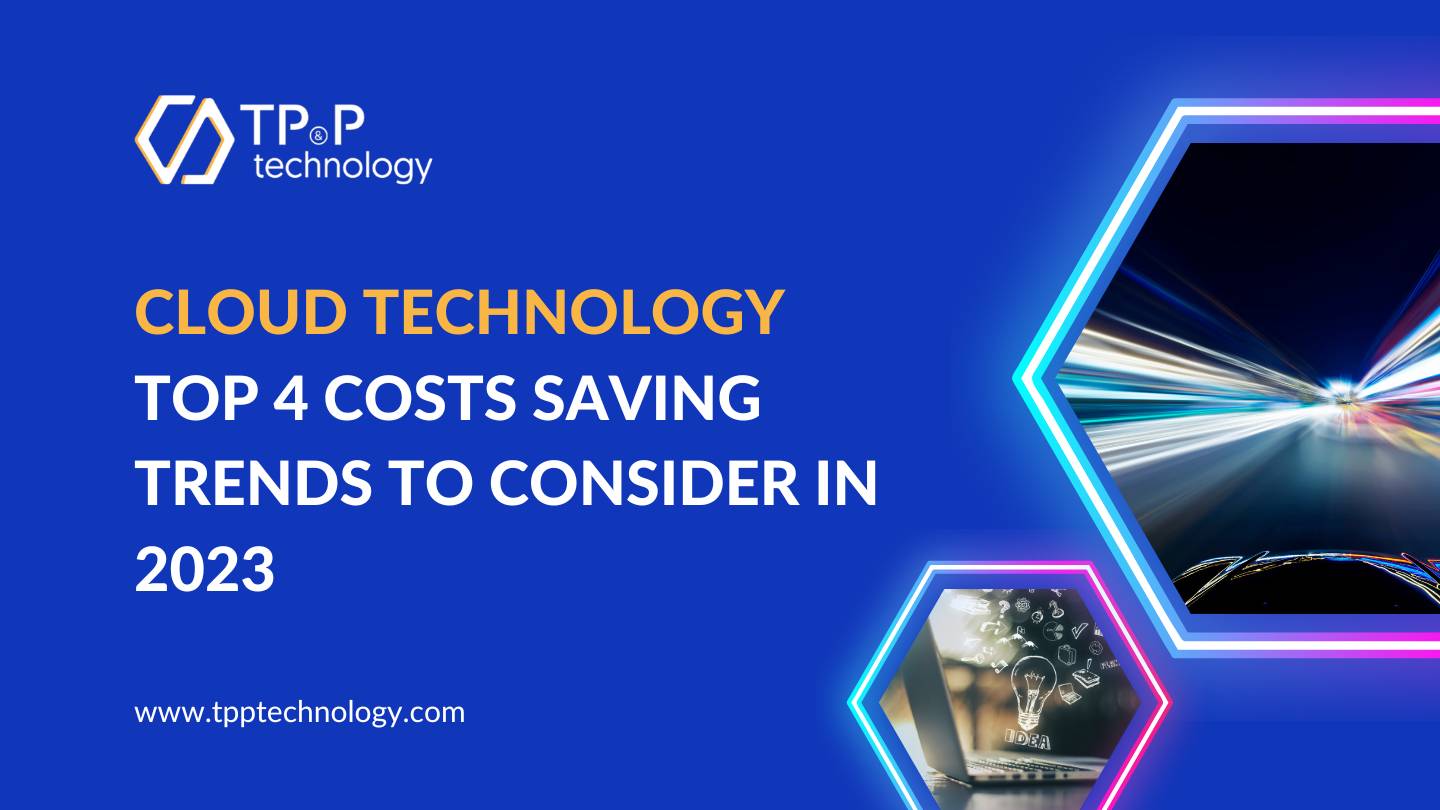
Software Development
06 Feb, 2023
Cloud Technology: Top 4 Cost-Saving Trends To Consider in 2023
Cloud computing is one of the most critical technologies of the last decade. In many ways, 2022 was a year for cloud technology. Unpredictable macroeconomic developments caused many organizations to consider and plan for bigger wins in the future rather than right now.By 2023, much of this preparation could be achieved, as the growth achieved in 2022 will support a more robust economy and rapid development, especially in the technology sector.
It is predicted that, by 2025, approximately 100 zettabytes of data will be stored in the cloud. And we continue to see a lot of breakthroughs in this area. Read this list of cloud technology cost-saving trends to see where the industry is headed in the future.
1. FinOps becomes a top cloud technology trend
While organizations will spend more on the cloud next year, they will also closely monitor that spending in order to keep costs under control, especially as inflation continues to raise the cost of doing business.
FinOps investments will increase as a result of this. According to IDC, by 2023, 80% of organizations using cloud services will be established.
FinOps is a practice developed within enterprises to manage the costs of cloud computing. Because costs fluctuate with the on-demand cloud model, it's a good way to gain visibility into cloud consumption across an organization.
Forrester predicts that organizations will turn to third-party cloud cost management and optimization platforms for an unbiased view of their multi-cloud spending.
2. Organizations will make Cloud Savings a Priority
According to Gartner, global public cloud revenue will increase 17% this year to $266.4 billion. A record 60% of organizations will use managed services from an external cloud services provider by 2022, up from 30% in 2018 – growth is an indisputable trend in the cloud services market.
The decentralized consumption model has exponentially increased costs for organizations, often with no control over the dizzying results. As cloud usage grows, businesses will need to start controlling cloud costs by streamlining expenses that aren't being used to their full potential and eliminating duplicate spending or unnecessary overheads.
Since different cloud and hybrid services have different pricing and billing models, and costs can vary from month to month, this can be a daunting task. Innovative third-party solutions can help organizations gain an accurate understanding of their hybrid network and provide unified cost management to get to the top.
3. 2023 cloud technology trend: Sustainability goals depend on the cloud
By 2023, more companies are expected to leverage cloud efficiencies to achieve their sustainability goals.
According to IDC research, 83% of respondents believe sustainability is the most important factor in IT purchasing decisions. IDC predicts that by 2025, 85% of organizations will have increased their sustainable efficiencies by 35% by utilizing software and cloud-based infrastructures.
As cloud service providers pool their customers' resources, CSPs can achieve economies of scale that small businesses cannot. Running an application or workload in the cloud is not only more efficient than on-premises but running an entire data center in the cloud produces fewer emissions than an equivalent on-premises data center.
4. AI adoption isn’t a cloud trend, it’s a must-have
Artificial intelligence adoption in the enterprise has been steadily increasing as organizations seek to improve operational efficiency and drive innovation. And the cloud is assisting them in making the most of their AI investments.
McKinsey & Company's 2021 AI Study found that 64% of "high performers" (those who see the greatest impact of AI adoption on their bottom line) deploy AI workloads in the public or hybrid cloud, compared to 44% of other organizations.
High performers also use the public cloud to gain access to additional AI capabilities, such as natural-language speech and facial recognition.
According to the study, nearly two-thirds of companies plan to invest more in artificial intelligence by 2023.
Compared to private data centers, public cloud infrastructure has much of the data storage and computing capacity required for AI and machine learning applications.
Cloud technology 2023 and beyond
The cloud technology sector has begun to realize its full potential as a conduit for organizations of all sizes to achieve tremendous value. The first step is here because businesses can now access infrastructure with resources they would never have accessed on their own.
The next-level trends we will see as we move forward into 2023 are organizations tackling compliance and security challenges and partnering with smart external solutions. These companies are relishing the new mixed reality, enabling forward-thinking customers to see the immediate benefits of their focused skills and expertise.



